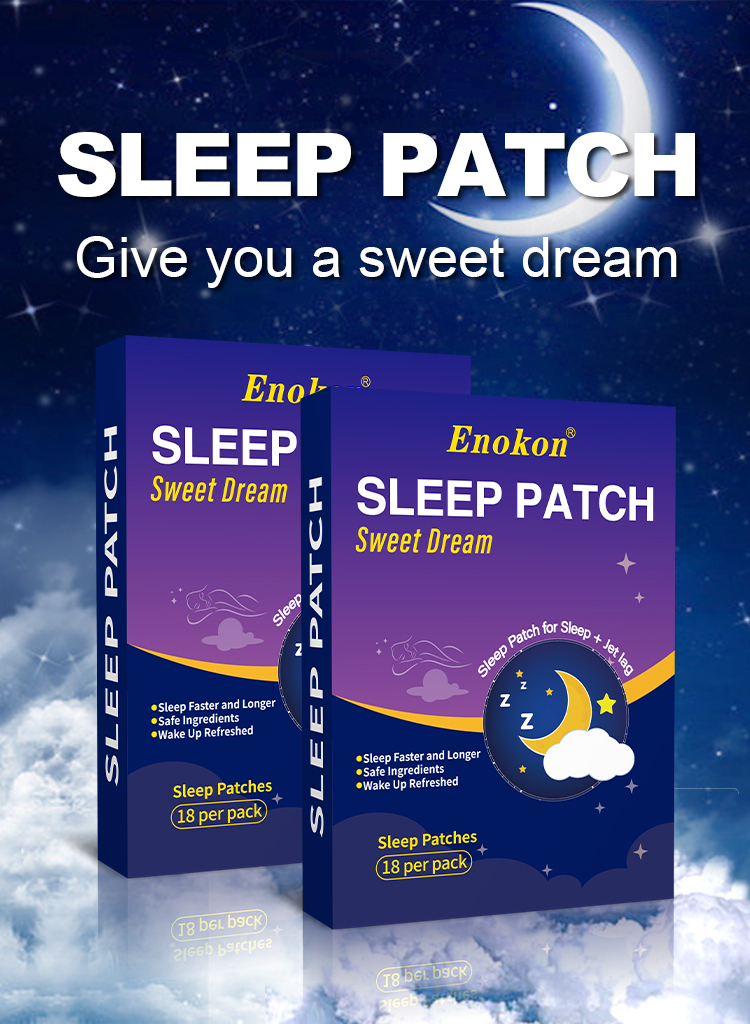
In our fast-paced, hyper-connected modern world, sleep has become an increasingly elusive commodity. The World Health Organization has declared sleep deprivation a global health epidemic, with approximately 45% of the world's population suffering from sleep-related problems. Insomnia, the most common sleep disorder, affects about 30% of adults worldwide, with 10% experiencing chronic insomnia that significantly impacts their quality of life. This article examines the scope of the problem, analyzes its causes and consequences, and explores how innovative solutions like sleep patches can provide much-needed relief for millions of sleep-deprived individuals.
Recent studies paint a concerning picture of global sleep health:
The Centers for Disease Control and Prevention (CDC) reports that 1 in 3 adults in the United States doesn't get enough sleep on a regular basis
In Japan, government surveys show 40% of adults sleep less than 6 hours per night
European studies indicate that sleep disorders affect approximately 20% of the population
Developing nations are seeing rapid increases in sleep problems as urbanization and technology adoption accelerate
The economic impact is staggering. The RAND Corporation estimates that sleep deprivation costs the U.S. economy up to $411 billion annually in lost productivity. Similar proportional losses affect other major economies worldwide.
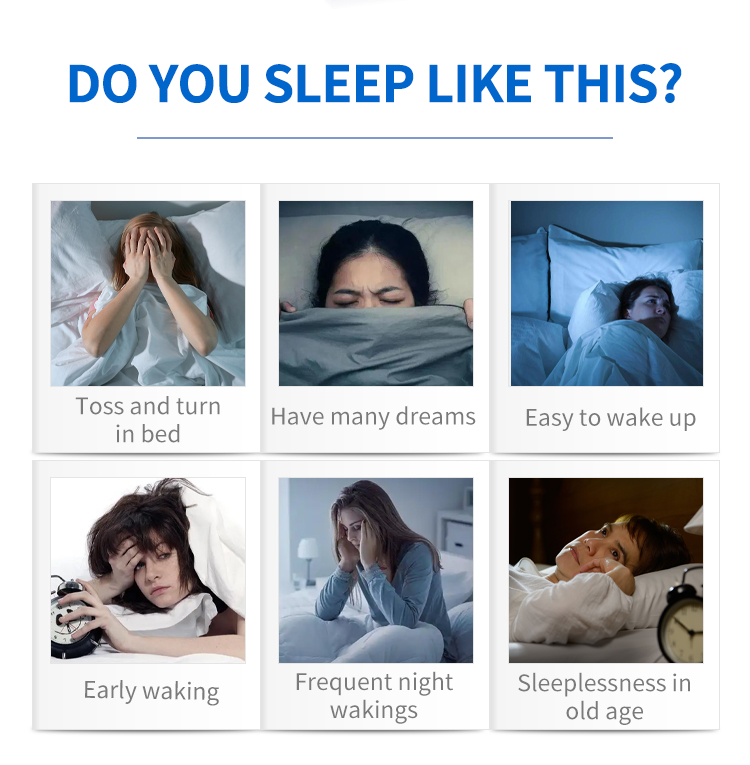
Several interconnected factors contribute to the current sleep crisis:
The proliferation of smartphones, tablets, and computers has dramatically increased our exposure to blue light in the evening hours. This light suppresses melatonin production, the hormone responsible for regulating sleep-wake cycles. Studies show that 90% of Americans use electronic devices within one hour of bedtime, significantly disrupting natural sleep patterns.
Globalization and digital connectivity have blurred the boundaries between work and personal time. The "always-on" work culture, especially among knowledge workers, creates persistent stress that makes relaxation and sleep difficult. A survey by the American Psychological Association found that work stress is the leading cause of sleep problems among adults.
Approximately 20% of the workforce in industrialized nations works non-traditional hours, including night shifts. These schedules conflict with the body's natural circadian rhythms, leading to chronic sleep problems. Shift workers are particularly prone to shift work sleep disorder, characterized by excessive sleepiness when awake and insomnia when trying to sleep.
Many people unknowingly engage in behaviors that sabotage their sleep:
Inconsistent sleep schedules
Consumption of caffeine or alcohol close to bedtime
Using the bedroom for activities other than sleep
Lack of proper wind-down routines
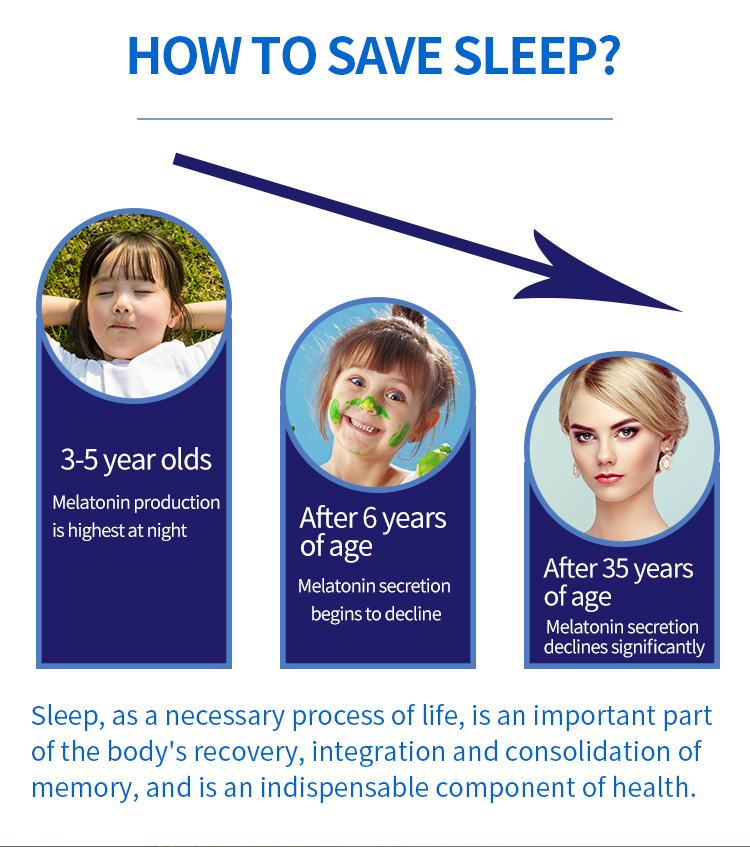
Urban living brings noise pollution, artificial lighting, and temperature regulation challenges that can interfere with sleep quality. Additionally, the increased prevalence of air pollution has been linked to poorer sleep outcomes in recent studies.
The effects of insufficient sleep extend far beyond daytime drowsiness:
Increased risk of obesity (sleep affects hormones that regulate hunger)
Higher incidence of cardiovascular disease
Weakened immune system function
Greater likelihood of developing type 2 diabetes
Accelerated aging processes
Higher rates of depression and anxiety
Increased risk of developing Alzheimer's disease
Impaired emotional regulation
Greater susceptibility to stress
Reduced concentration and attention span
Impaired memory consolidation
Decreased problem-solving abilities
Slower reaction times (comparable to alcohol intoxication)
Poor decision-making and risk assessment
Strained personal relationships
Decreased workplace productivity
Higher rates of absenteeism
Increased likelihood of accidents (drowsy driving causes approximately 6,000 fatal crashes annually in the U.S. alone)
Common approaches to treating insomnia have significant drawbacks:
Prescription sleep medications often cause dependency
Many have unpleasant side effects (grogginess, dizziness, cognitive impairment)
Long-term use may actually disrupt natural sleep architecture
Risk of dangerous interactions with other medications
Antihistamine-based sleep aids can cause next-day drowsiness
Limited effectiveness for chronic insomnia
Potential for tolerance development
May interact negatively with other medications
While effective, cognitive behavioral therapy for insomnia (CBT-I) has limited availability
Requires significant time commitment
Many patients struggle with compliance
Herbal supplements like valerian root have inconsistent results
Melatonin supplements help some but not all users
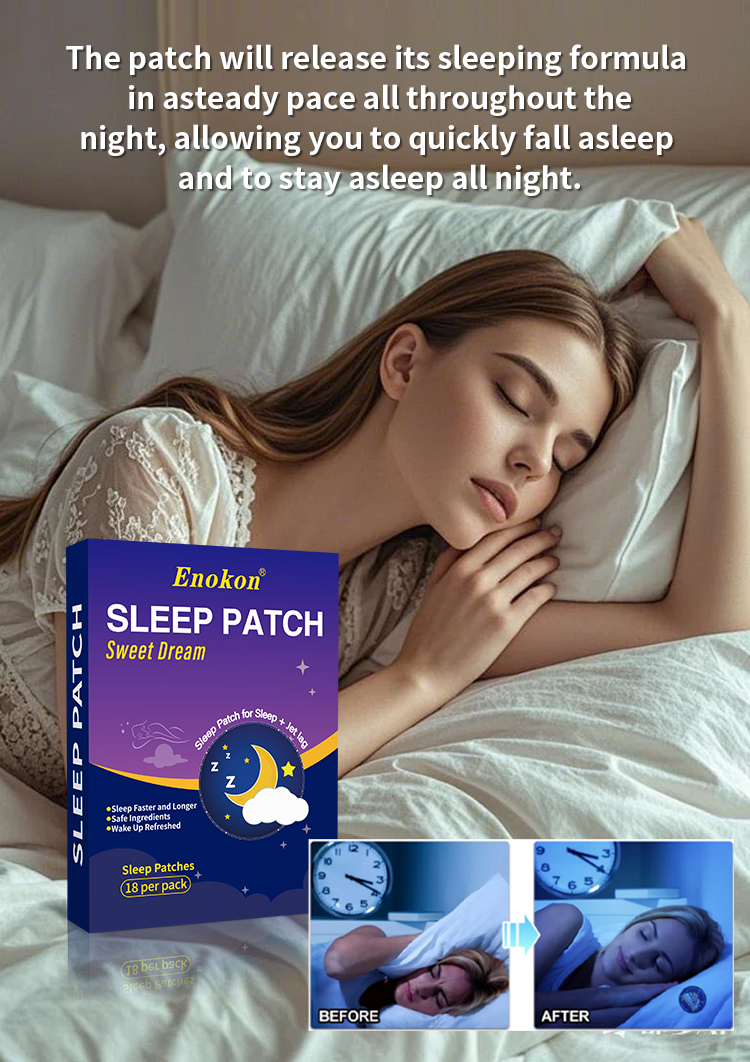
Effects can vary widely between individuals
This landscape of imperfect solutions has created demand for innovative, effective, and safe alternatives—leading to the development of advanced sleep patch technology.
Sleep patches represent a revolutionary approach to sleep support by utilizing transdermal delivery systems. These patches adhere to the skin and gradually release sleep-promoting ingredients into the bloodstream through absorption.
Key advantages of the transdermal approach:
Bypasses the Digestive System: Unlike pills or liquids, patches don't go through the stomach and liver first, avoiding first-pass metabolism that can reduce effectiveness.
Sustained Release: Provides a steady, controlled release of active ingredients throughout the night rather than a sudden dose that might wear off.
Non-Habit Forming: Most sleep patches use natural ingredients in balanced formulations designed to support rather than force sleep.
Convenience: Simply apply before bed—no need to remember to take a pill or measure liquids.
Premium sleep patches typically contain ingredients that work with the body's natural sleep-wake cycle rather than against it. Common components include:
Melatonin: The body's natural sleep hormone
L-Theanine: Promotes relaxation without drowsiness
Valerian Root: Traditional herbal sleep aid
Chamomile Extract: Natural calming agent
Magnesium: Helps relax muscles and calm the nervous system
Because the ingredients are released gradually and in balanced formulations, most users report feeling refreshed upon waking rather than medicated or groggy.
For individuals who have difficulty swallowing pills or dislike the taste of liquid sleep aids, patches offer a convenient alternative.
Patches are ideal for travelers dealing with jet lag or unfamiliar sleep environments. They're compact, don't require water, and aren't affected by air pressure changes.
Whether the problem is:
Difficulty falling asleep
Frequent nighttime awakenings
Early morning waking
Poor sleep quality
Sleep patches can be formulated to address different aspects of sleep dysfunction.
To get the most from sleep patch technology:
Combine with Good Sleep Hygiene
Maintain consistent sleep/wake times
Create a cool, dark, quiet sleep environment
Establish a relaxing pre-bed routine
Limit screen time before bed
Apply Correctly
Place on clean, dry skin (typically inner wrist or behind ear)
Apply 30-60 minutes before desired sleep time
Use as part of a consistent nightly routine
Be Patient
Natural solutions may take several nights to show full effects
Allow time for your body to adjust to the new routine
Monitor Effects
Keep a sleep diary to track improvements
Adjust usage based on results
Consult a healthcare provider if sleep problems persist
As sleep science advances, we can expect even more sophisticated solutions:
Smart patches that adjust ingredient release based on biometric feedback
Personalized formulations based on genetic testing
Combination approaches integrating patches with other sleep technologies
Expanded research into optimal ingredient combinations
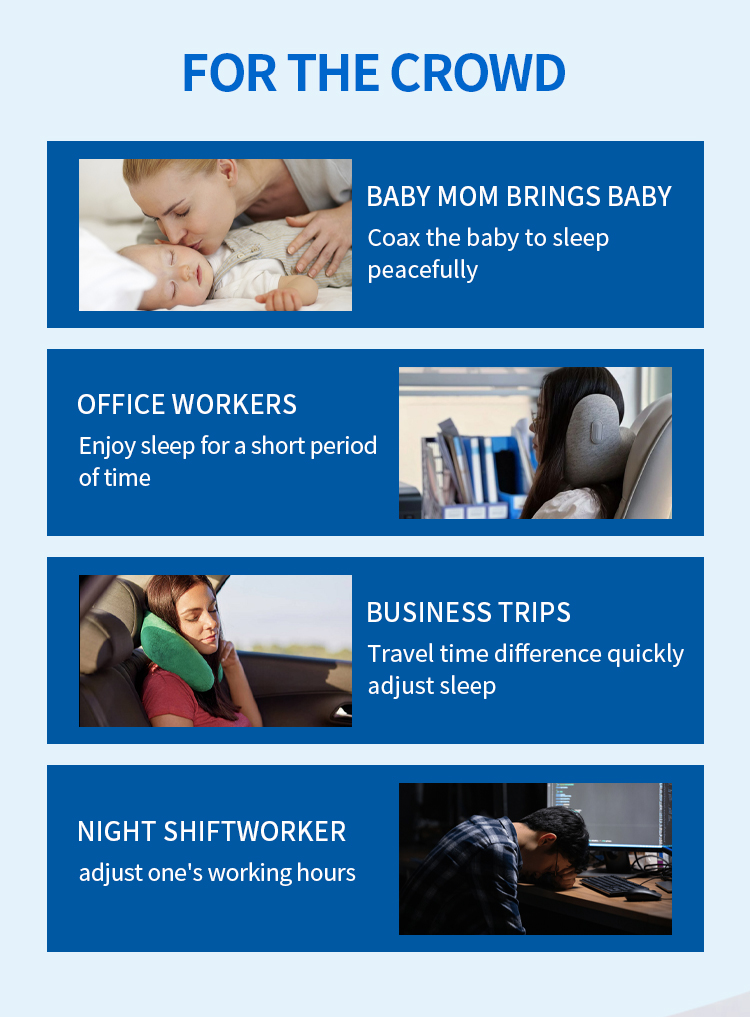
The global sleep crisis represents one of the most significant yet underappreciated public health challenges of our time. While the causes are complex and multifaceted, innovative solutions like sleep patches offer promising relief for millions struggling with sleep deprivation and insomnia. By working with the body's natural processes rather than overriding them, these advanced transdermal systems provide a safe, effective, and convenient alternative to traditional sleep aids.
For those caught in the exhausting cycle of sleepless nights and fatigued days, sleep patches may be the key to finally achieving the restorative sleep essential for health, happiness, and optimal functioning. As awareness grows and technology improves, these discreet patches have the potential to help reverse the global sleep epidemic—one good night's rest at a time.